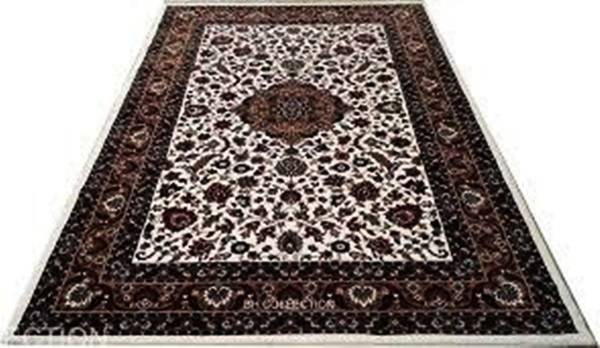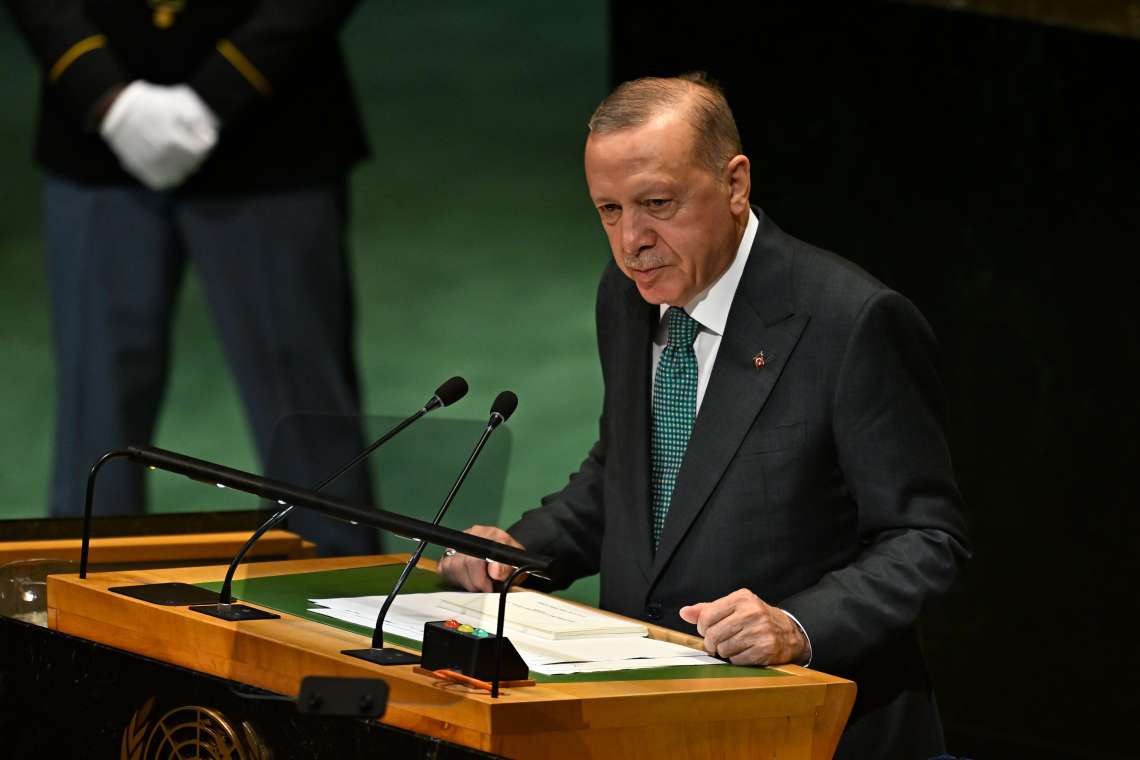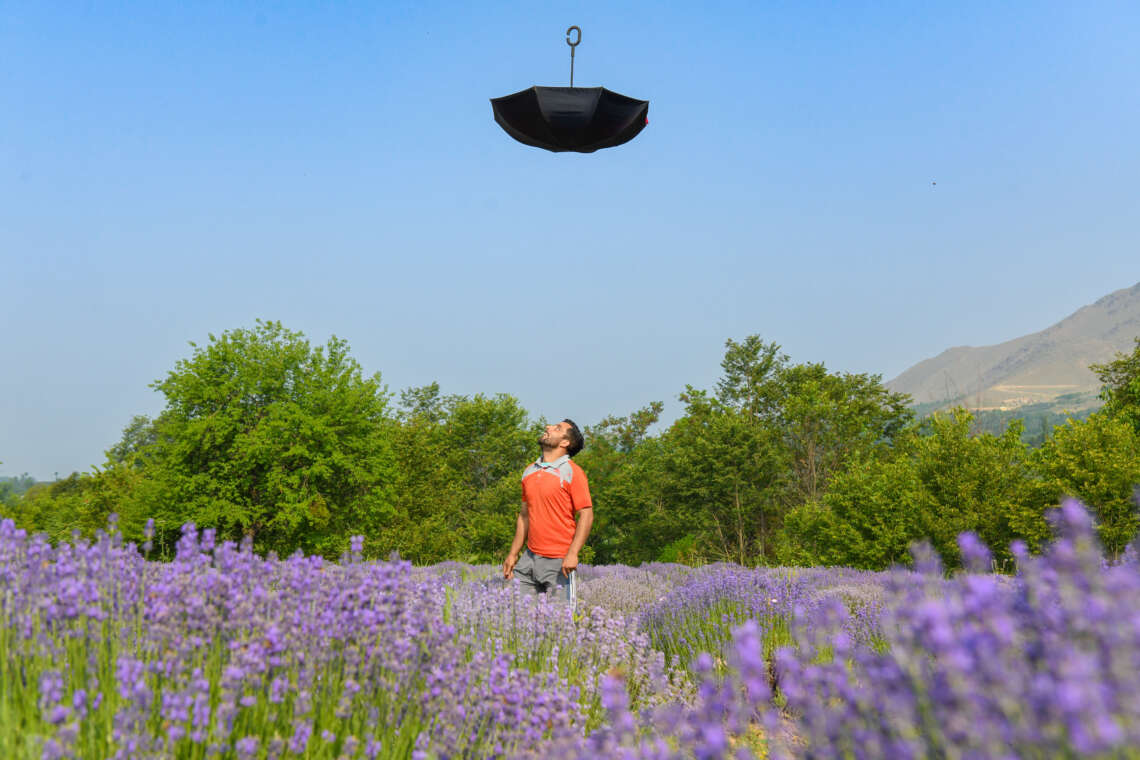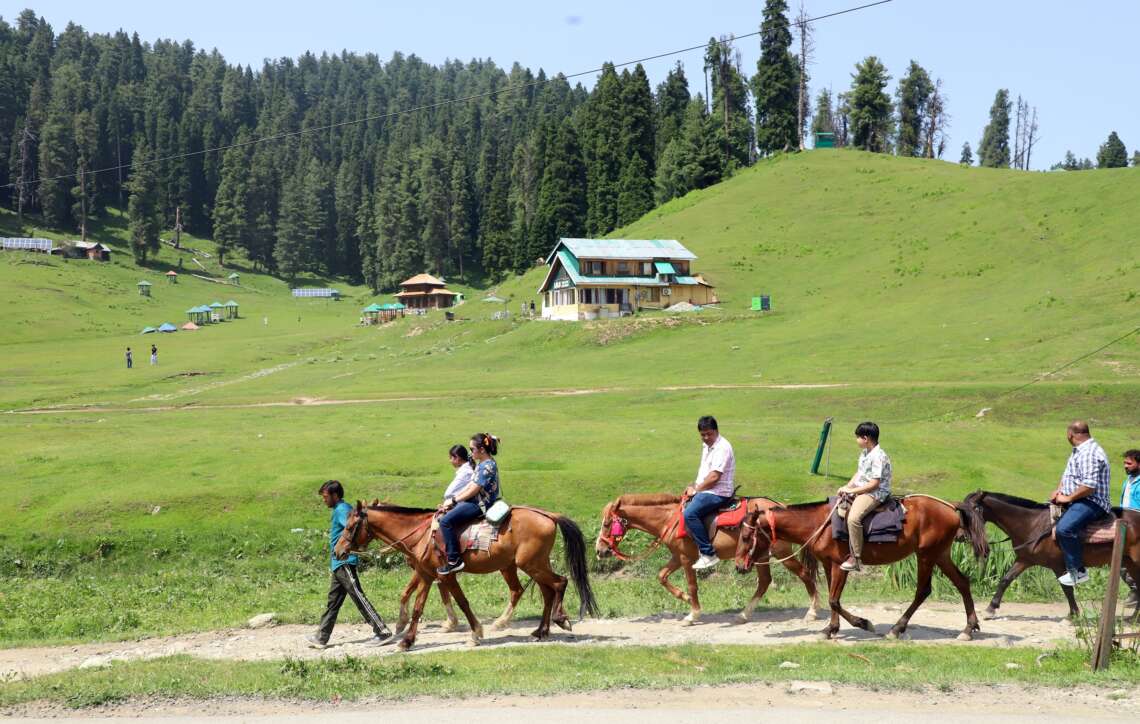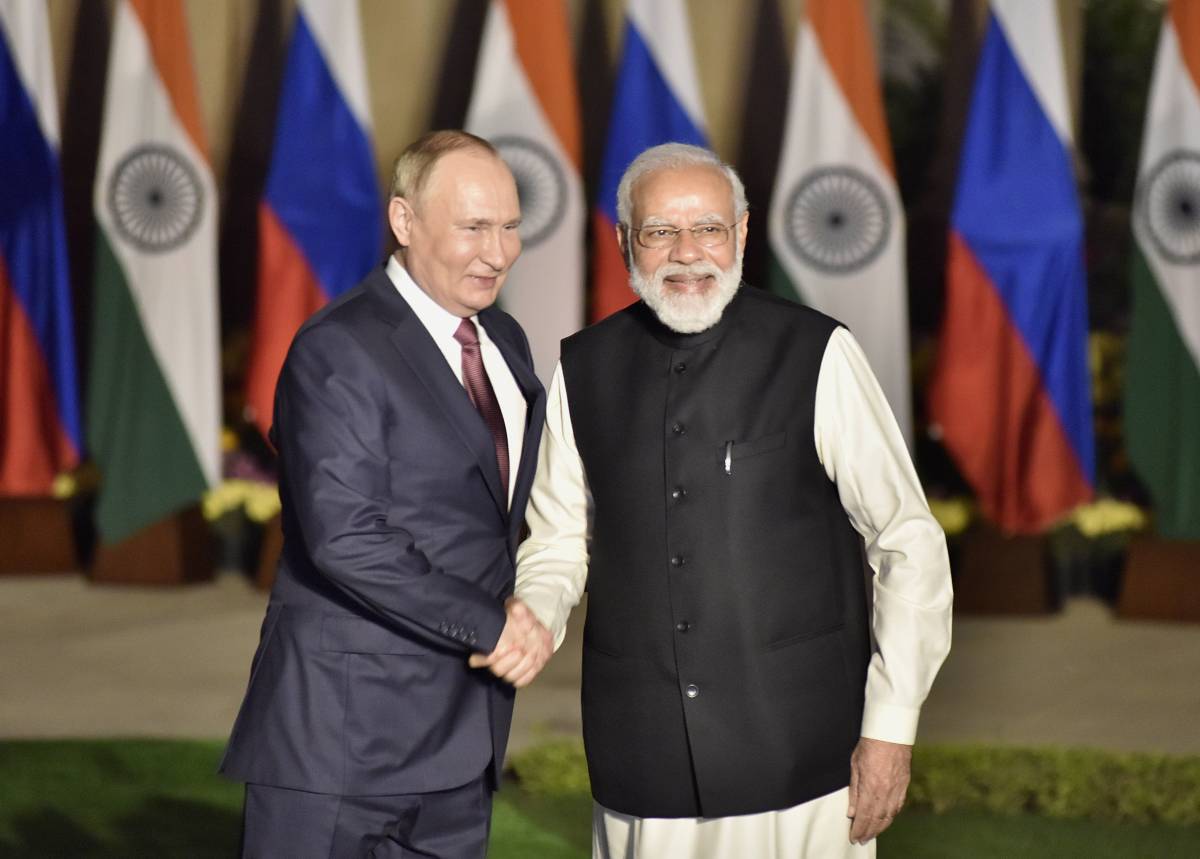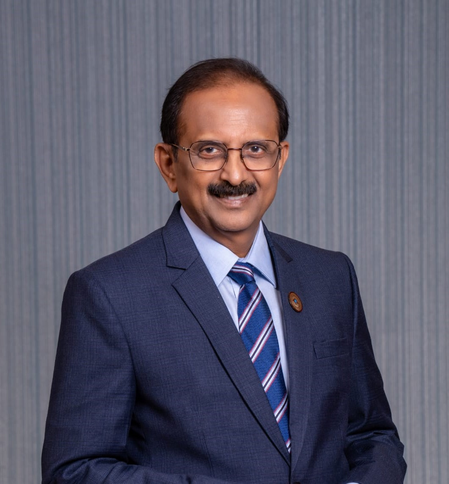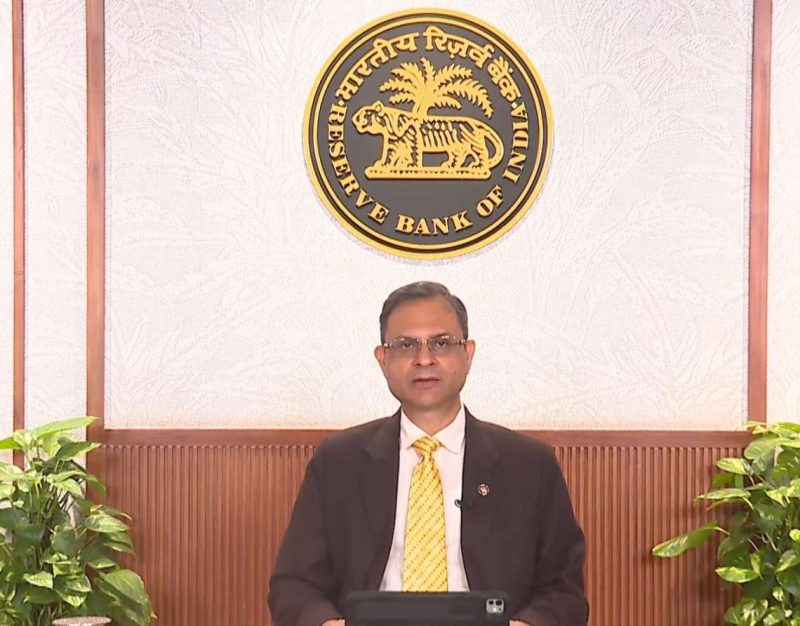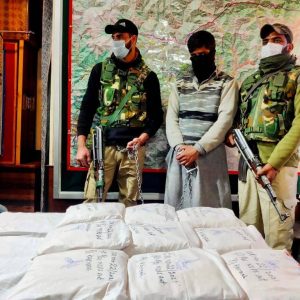The GI label will assist the tourism industry by projecting a positive image of Kashmir. It’s a useful market-access tool as it adds value to the items that are designated this title, allowing them to access larger markets…reports Asian Lite News
Kashmir created history last month when for the first time GI-certified Kashmir silken carpets were exported to Germany, valued at around 40,000 Euros. Last year Srinagar scored a place in the United Nations Educational, Scientific & Cultural Organisation (UNESCO) in Crafts and Folk Arts Category for 2021. Following this development by Lieutenant Governor, Manoj Sinha, launched Geographical Indication (GI) for the famed hand-knotted Kashmiri Carpets and granted the carpet trade a new lease of life.
Kashmiri hand-knotted carpets locally known as ‘Kalbaffi’ date their origin back to the 15th century. Sultan Zain-ul-Abidin brought in carpet weavers from Persia and Central Asia to train the locals. These carpets are weighed in gold owing to the finesse of the weave and quality of wool and silk yarn.
A geographical indication (GI) is a sign used on products that have a specific geographical origin and possess qualities or a reputation that are due to that origin.
The GI label will assist the tourism industry by projecting a positive image of Kashmir. It’s a useful market-access tool as it adds value to the items that are designated this title, allowing them to access larger markets.
The QR-code on all items will reveal information such as the name of the artisan, district of manufacture, knots per square inch, and the raw material used, among others. The GI branding will fetch the carpets their worth and will raise their standards to the Iranian and Turkish knotted carpet varieties.
Kashmir has long suffered due to misbranding of products in the international market claiming that they are Kashmir-brand. The cheap quality knock-offs in the international market eroded the trust of buyers. GI-tagging is a one-stop solution to all those problems that have low-balled the price of the original Kashmiri carpets. This initiative will motivate the younger generation to move to carpet weaving and shift their attention from the widespread terrorism in the valley to income generation.
In 2020-21, Germany emerged as the biggest importer of Kashmiri carpets worth Rs 115 crore. The UAE was the second biggest market at Rs 36 crore; and the US at Rs 34 crore. The Netherlands imported artwork worth Rs 22 crore.
The Carpet Export Promotion Council (CPEC), set up by the Ministry of Textile, has proposed the formation of a carpet village in the Sonawari area to regulate this business and secure jobs for the weavers. The village is envisioned to be a one-stop-shop for all carpet and weave needs for outsiders. The designs would be copyrighted for future generations. The tourism sector will highly benefit through this too as people will witness the art first-hand and it will increase their confidence in the product.
GI tag has been embraced by many colonies across the world as a mark of the originality of their produce. Switzerland does it for their watches, Russia for its Bashkir honey, Georgia for Tushuri Guda cheese, and the French for their specialty wine. It will be a guarantee to the buyers that their carpet was actually woven in Kashmir and by a Kashmiri.
The Indian Institute of Carpet Technology, Srinagar, has the authority to certify the carpets. First, the carpet dealers have to apply for the GI license and get their products audited for brand value. The products will be tested for standardization in knotting, the complexity of design, superiority/inferiority of silk used, and other such parameters. It takes Rs 150 per testing to get the tag. Customers who are unable to scan the barcode can check the product’s authenticity by typing an alphanumeric code found on the label into a web browser. The label has information that can be read with infrared equipment, and which cannot be reproduced or damaged. With this technology the government can map the movement of every single carpet and analyze market trends with it as well.
To partake in this programme artisans and manufacturers have to register with the Indian federal government’s office of the Controller General of Patents, Designs & Trade Marks. The Geographical Indications Registry of India notes 25 authorized users in Kashmir as of now. And so far 54,000 artisans are registered with the Department of Handloom & Handicrafts in Kashmir.
A huge metamorphosis has taken shape in the JKUT post-2019. One such landmark change is the boost in sales of the nine products that were issued the GI tag — Kani Shawl, Kashmir Pashmina, Kashmir Sozini Craft, Kashmir Papier-Mache, Kashmir Walnut Wood Carving, Khatamband, Kashmiri Hand Knotted Carpets, Kashmir Saffron, and Basmati Rice.
In the past two years, Jammu & Kashmir Trade and Export Policy has been restructured per the suggestions by the Federation of Indian Export Organisations. In the last few months, the UT government busied itself organising a myriad of buyer-seller meets, promotion events, and international publicity of handicraft and handloom products in the markets across the Gulf countries, especially at the Dubai Expo 2020.

With the LG’s visit to Dubai earlier this year and the subsequent visit of Gulf’s top-drawer businessmen that arrived last month, Jammu and Kashmir has solidified its relationship by signing six agreements to bring investments worth more than $2.5 billion (approximately Rs 18,568 crores) in the Union Territory and is expecting to attract another 70,000 crores in the following six months. All these events are in line with PM Modi’s vision of putting J&K on the world map, benefitting the common man ultimately.
In the last 3.5 years this industry and craftsmen have suffered, first because of insurgency and then because of frequent calls for ‘Hartal’ by separatist leaders. But this new dawn in the UT is addressing the challenges faced by industry and to create a sustainable, balanced, progressive, and competitive ecosystem in J&K.
ALSO READ-Art on carpets with a traditional touch


